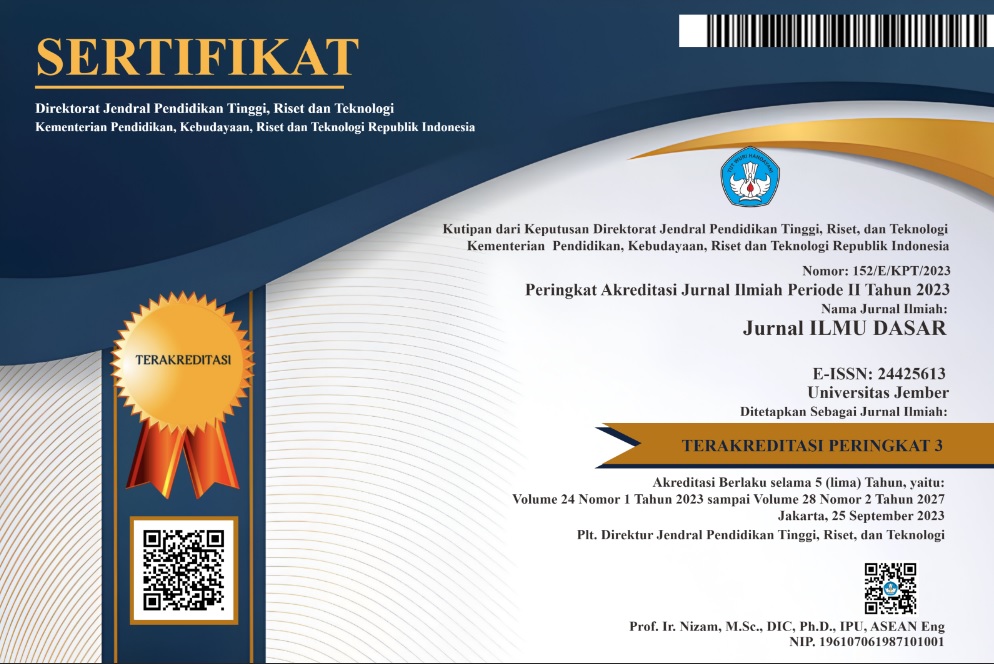Characterisation of Arsenic Distribution in the Contaminated Sediments Using Principal Component Analysis based on The Four-Step Extraction Protocol
Keywords:
Four-step extraction protocol, principal component analysis, arsenic, contaminated sedimentsAbstract
The goal of this work was to characterize the distribution of arsenic in the contaminated sediments using principal component analysis to interpret data generated by a four-step extraction protocol, an operationally defined fractionation procedure used to study the availability and mobility of trace metals available in environmental solid samples. Sediment cores collected from contaminated site of Port Kembla Harbour, Australia were sliced into 2-cm thin layers. Each layer was sieved into three different grain sizes (<63μm, >63 μm and >250 μm) under inert N2 atmosphere. Redox potential, pH, dissolved As in the interstitial water, exchangeable As, AVS-As, reducible As, and residual As data provided some reliable information concerning the characteristics of As distribution in the contaminated sediments. Principal component analysis indicated As in the fine grain fraction and redox potential developed in the sediment contributed more significantly in controlling the concentration of dissolved As in the sediment interstitial water. It appeared that precipitation-dissolution reaction of As taken place in the sediment involved the fine grain solid phase and occurred actively at redox transition zone at which it changed significantly and the concentrations of dissolved As were high.
Downloads
Download data is not yet available.







